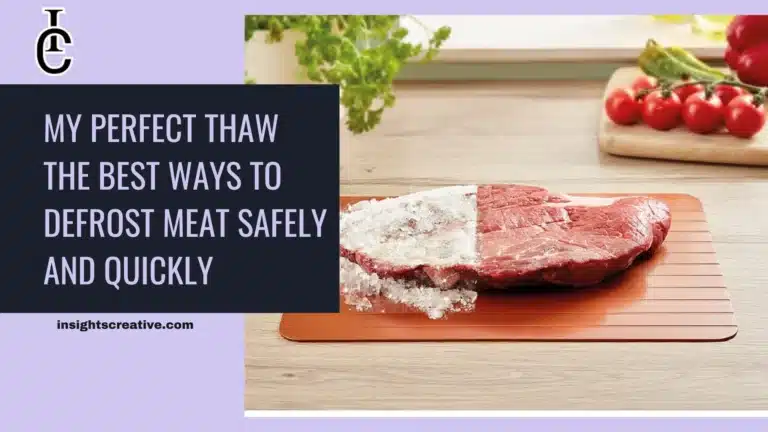Greenhouses are essential for gardeners who want to extend growing seasons, protect plants from harsh weather, and control the environment. The materials and structure of a greenhouse can make all the difference in its effectiveness. Whether you’re looking at a greenhouse shed combo or considering polycarbonate panels for durability, finding the right solution is key. In this article, we’ll explore various greenhouse structures and materials, helping you make an informed decision.
Types of Greenhouse Structures
Greenhouse Shed: Versatility for Storage and Gardening
A greenhouse shed offers dual functionality by combining storage and a controlled environment for growing. These structures are perfect for gardeners with limited space, as they allow you to grow plants and store gardening tools in one convenient location. A shed attached to a greenhouse can streamline your gardening tasks while maximizing efficiency.
Victorian Greenhouse: Classic Design Meets Functionality
For those seeking a more traditional and stylish option, a Victorian greenhouse provides the perfect blend of aesthetics and function. These greenhouses often feature polycarbonate panels or single-pane glass for durability, while their ornate designs add a classic charm to any garden. The standard single pane glass thickness for these structures in the UK typically ranges between 3-4 mm, which ensures both beauty and practicality.
Shed and Greenhouse Combinations: Perfect for Small Spaces
A shed and greenhouse combination is ideal for those looking to merge practicality with plant cultivation. These hybrid structures, also known as greenhouse shed combos, combine the best of both worlds: storage for tools and an optimal growing space for plants.
Essential Greenhouse Materials
Polycarbonate Greenhouse Panels: Durability and Light Transmission
When it comes to durability, polycarbonate panels are a top choice for greenhouses. They offer excellent light transmission while also being nearly unbreakable. Polycarbonate is much more resistant to weather and physical impact than glass, making it a perfect choice for both small and large greenhouses.
Clear Plastic for Greenhouses: Affordable and Effective
Clear plastic covers are another popular choice for greenhouse construction. These covers are affordable and easy to install, making them perfect for DIY enthusiasts. Plastic greenhouse covers can be replaced more easily than glass or polycarbonate panels, making them ideal for gardeners on a budget.
Corrugated Greenhouse Panels: Strength and Weather Resistance
If you’re looking for a strong, weather-resistant material, consider corrugated panels. These panels provide both durability and flexibility, protecting your plants from wind and storms while allowing sunlight to enter.
Wooden Greenhouse Options
Cedar Greenhouses: The Natural Choice for Beauty and Strength
Cedar greenhouses are known for their beauty and strength. Cedar is naturally resistant to decay, making it an excellent material for building a long-lasting greenhouse. Wooden greenhouses also provide a rustic, natural look that blends well with most garden designs.
Using Wood for Greenhouses: Pros and Cons
While wood can give your greenhouse a natural and beautiful appearance, it also requires maintenance to prevent rot and insect infestations. Choosing rot-resistant woods like cedar or treating the wood with weatherproof coatings can help ensure longevity.
Wooden Greenhouse Foundations: How to Build a Solid Base
A wooden greenhouse foundation is crucial for stability. The base should be built with treated lumber to avoid rotting, especially in humid environments. A strong foundation not only supports the structure but also helps with insulation during colder months.
Greenhouse Roofing and Covering Options
Best Roofing Materials for Greenhouses
Selecting the right roofing materials is essential for regulating temperature and ensuring longevity. While glass and polycarbonate panels are popular, corrugated roofing can provide extra strength in areas prone to heavy snow or wind.
Greenhouse Covering Materials: Plastic, Polycarbonate, and More
The most common greenhouse covering materials are plastic, polycarbonate, and glass. Plastic is ideal for gardeners on a budget, while polycarbonate offers increased durability. Glass is more traditional but can be prone to breakage.
How to Install a Plastic Greenhouse Cover
Installing a plastic greenhouse cover is relatively straightforward. Ensure that the plastic is UV-resistant to avoid degradation over time. Stretch the plastic tightly across the frame and secure it with fasteners to prevent flapping in the wind.

Specialty Greenhouse Designs
Dome Greenhouse: Modern and Efficient Design
A dome greenhouse offers an innovative design that maximizes sunlight exposure and structural strength. Its unique shape allows it to withstand harsh weather conditions, making it a great option for year-round gardening.
Round Greenhouses: Maximizing Space and Light
Round greenhouses are perfect for maximizing light distribution and space. Their circular design allows plants to receive sunlight from all directions, improving growth efficiency.
Black Greenhouse: A Stylish and Contemporary Approach
A black greenhouse adds a modern and sleek look to any garden. This color scheme can enhance the aesthetic appeal while still maintaining the structure’s functionality. Black frames are often paired with clear polycarbonate panels for a striking contrast.
Attaching Greenhouses to Existing Structures
Greenhouses Attached to Houses: Seamless Integration
Attaching a greenhouse to your house is a popular choice for those who want easy access to their plants. This type of structure also benefits from the house’s insulation, helping to maintain temperature stability inside the greenhouse.
How to Connect a Greenhouse to Your Home or Shed
When attaching a greenhouse to your shed or home, it’s crucial to ensure proper sealing between the structures to prevent water leaks or heat loss. A well-connected greenhouse provides additional insulation and is perfect for homes with limited outdoor space.
Maximizing Greenhouse Functionality
Greenhouse Shelves: Storage and Space Management
Installing greenhouse shelves is an efficient way to manage space. These shelves allow you to grow vertically, increasing your growing area without expanding the footprint of your greenhouse.
The Role of Greenhouse Walls in Insulation and Durability
Greenhouse walls play a significant role in maintaining the internal environment. Materials like polycarbonate or corrugated panels provide insulation while still allowing plenty of sunlight to pass through.
Greenhouse Wood Stoves: Heating Your Greenhouse Year-Round
For gardeners in colder climates, a greenhouse wood stove can provide the necessary warmth to keep plants thriving year-round. Wood stoves are an energy-efficient solution for larger greenhouses that require consistent heating.
Conclusion
Selecting the right greenhouse structures and materials is essential for creating an efficient and durable greenhouse. Whether you’re opting for a greenhouse shed combo, using polycarbonate panels, or building a cedar greenhouse, each material and structure has unique benefits. By understanding your needs and climate, you can make an informed decision that will help your plants thrive year-round.







